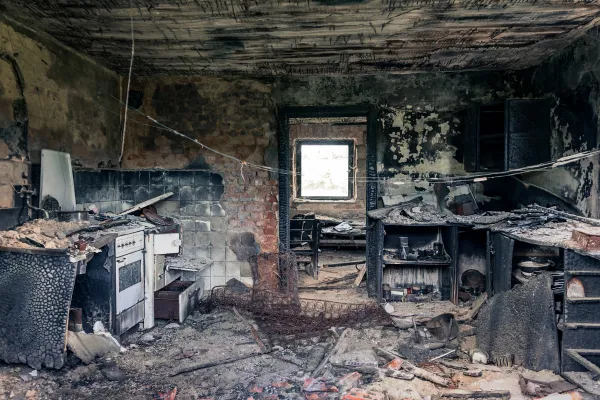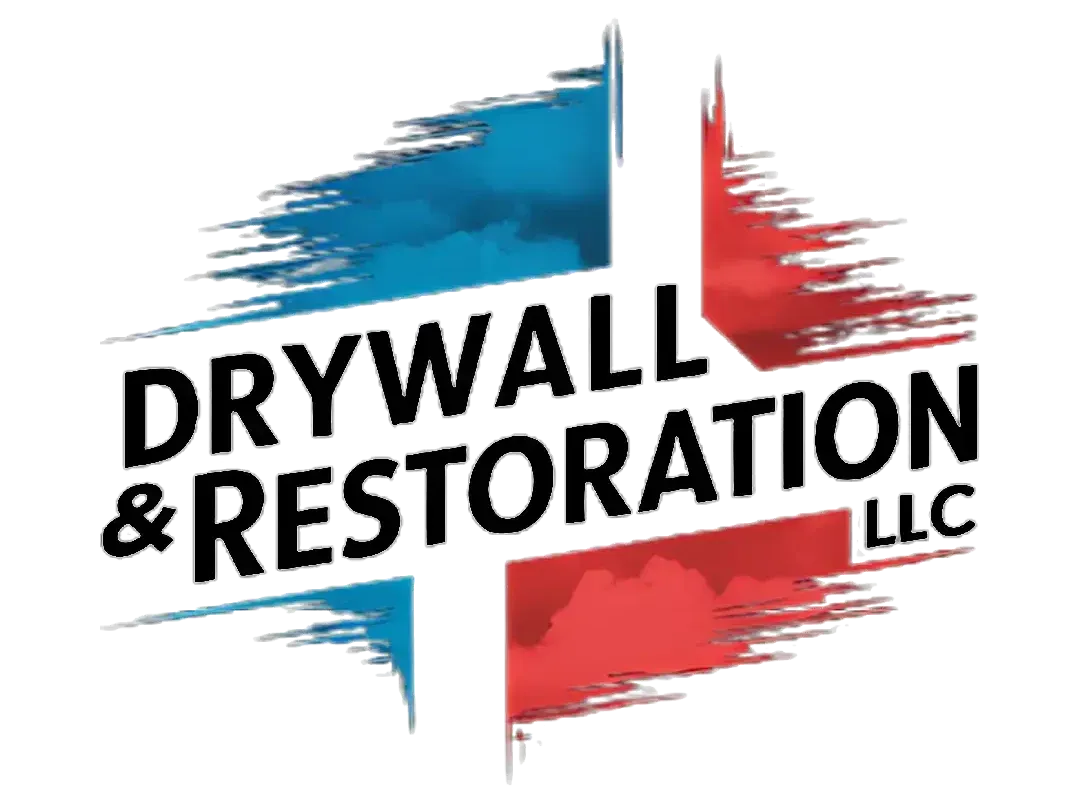BLOGS

Fire Damage and Drywall: Steps to Safe Restoration
"Restoring fire-damaged drywall requires careful steps to ensure safety, security, and a fresh start."
Fire damage can leave your home or business in ruins, but with the right approach, you can restore your space to its former condition. One of the most crucial aspects of fire damage restoration is addressing the drywall, as it can absorb smoke, soot, and even moisture from firefighting efforts. In this blog, we’ll explore the key steps to safely restore drywall after a fire and ensure your property is safe and habitable once again.
1. Assess the Extent of the Damage
Before beginning any restoration, it's essential to assess the severity of the fire damage. While some drywall may only have surface damage from smoke or soot, other areas may have structural damage due to fire exposure. A professional restoration team can inspect your drywall and identify areas that need to be replaced, repaired, or cleaned.

2. Safety First: Protect Yourself and Your Home
Before beginning restoration, ensure the area is safe. This includes turning off electricity to prevent electrical hazards and using protective gear like gloves, masks, and goggles. Soot and smoke can contain toxic substances, so always wear proper protection and ventilate the area if possible. If the damage is extensive, you may need to temporarily relocate until restoration is complete.
3. Remove Damaged Drywall
In cases where the drywall has been significantly damaged by fire or water, removal is necessary. Waterlogged drywall, especially, can weaken structural integrity and lead to mold growth. Carefully remove the affected sections of drywall, and dispose of them properly to avoid spreading contaminants like soot or mold spores throughout the building.
4. Clean the Soot and Smoke Damage
For less severe fire damage, cleaning may be possible rather than full replacement. Use a mild detergent and water to remove soot and smoke stains from the drywall. For stubborn stains, a specialized cleaning product designed for fire damage can help. Be sure to follow the manufacturer's instructions and test any cleaner on a small area first to avoid damaging the drywall further.
5. Treat for Smoke Odor
Even if the physical damage is minor, smoke odor can linger in the walls. After cleaning the surface, you may need to use odor-neutralizing solutions or ozone machines to remove the smell. In some cases, it may be necessary to cut into the drywall to ensure the interior of the walls is thoroughly cleaned and deodorized.
6. Dry the Area Thoroughly
Moisture from firefighting efforts can leave walls damp, promoting mold and mildew growth if not addressed promptly. Use industrial fans, dehumidifiers, and heaters to dry out the area completely. Make sure the walls, as well as the studs behind them, are completely dry before proceeding with repairs.
7. Rebuild or Replace the Drywall
Once the area is thoroughly dried and cleaned, it’s time to begin the rebuilding process. If drywall sections were removed, replace them with new sheets. For areas that only require minor repairs, patch up any holes or cracks using joint compound. Sand smooth once it dries, and apply a fresh coat of primer and paint to restore the wall’s appearance.
8. Final Inspection and Safety Check
Once the drywall restoration is complete, conduct a thorough inspection to ensure the structure is safe and secure. Check for any signs of lingering smoke, moisture, or structural weaknesses. You may also want to have a professional fire damage restoration expert perform a final inspection to ensure all potential hazards have been addressed.
9. Prevent Future Damage
Fireproofing and maintaining your drywall can help prevent future damage from fires. Consider installing fire-resistant drywall or adding fireproofing treatments to areas that are more vulnerable, like kitchens and utility rooms. Properly maintain smoke detectors and fire extinguishers, and be sure your home or business has a fire escape plan in place.
Conclusion
Restoring fire-damaged drywall requires a careful and methodical approach to ensure your space is safe, clean, and structurally sound. From assessing the damage to replacing or repairing drywall, each step is critical to getting your property back to its pre-fire condition. Always prioritize safety, and consider working with a professional restoration company to guide you through the process and provide peace of mind. With the right care and attention, your space can recover from fire damage and be restored to a safe, beautiful environment.

